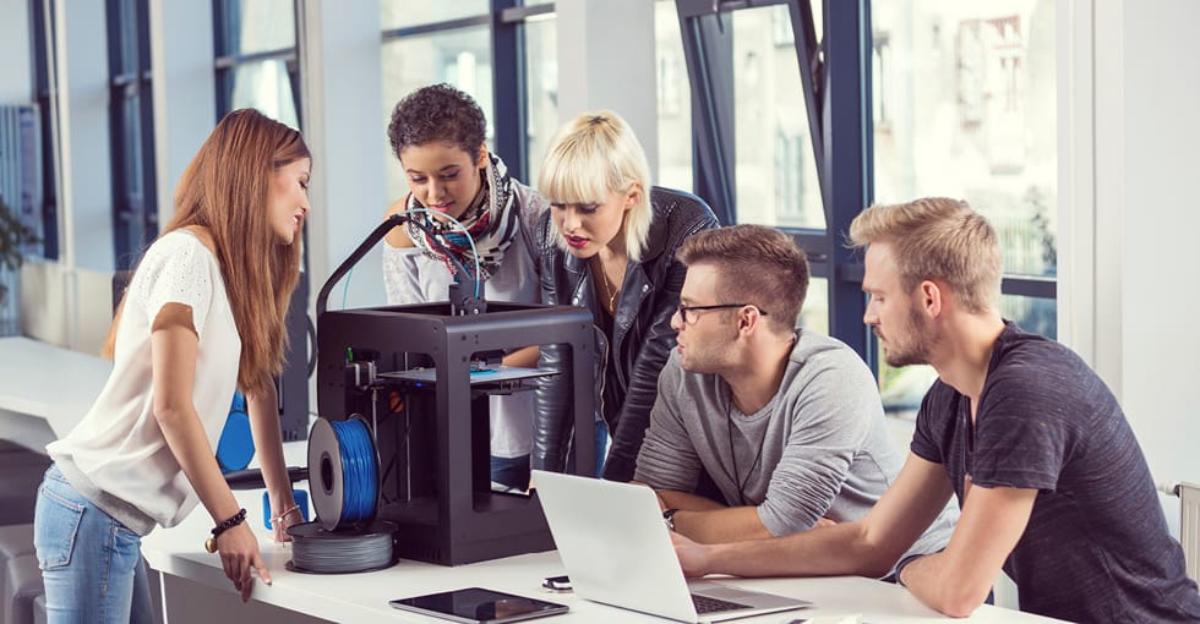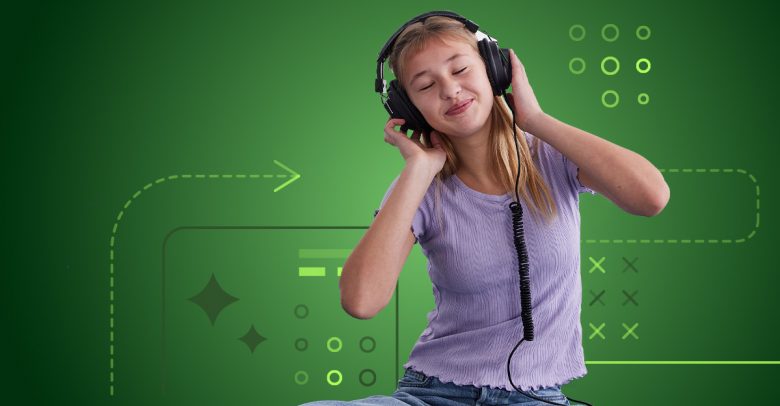As an educator, or as a school administrator, 3D printing has probably grabbed your attention, setting your imagination in motion as you envision the potential impact it could have on your students.
What Is 3D Printing?
Also known as additive manufacturing (AM), 3D printing was originally developed in the early 1980s, and developers have continued working on it ever since. This rapid prototyping process involves laying down molten plastic, layer by layer, to take a 2D rendering and produce a 3D object. By the 2010s, 3D printing started to become better understood and more accessible to the public.
What Are the Benefits of 3D Printing in Schools?
As 3D printing gains recognition and machines become more affordable, educators are realizing the benefits that a 3D printer can add to classrooms, which include the following:
- Helps students comprehend complex concepts in new way; often finding subjects like mathematics more enjoyable at all levels and grades.
- Introduces geology students — from grade school to university — to various rock formations and textures.
- Provides art students with a new way to express their visions by creating a piece in 2D and watching it come to life in 3D.
- Enables college engineering students to design and create prototypes for cars and robots.
What Are the Drawbacks of 3D Printing in Educational Settings?
The only potential drawback in 3D printing involves the cost for school districts on a tight budget. Furthermore, the costs of materials might also pose a challenge to schools over time.
Enjoying 3D Technology on a Lean School Budget
Educators and administrators might explore fundraising or crowdsourcing, grants and giveaways from manufacturers to make this technology a reality for your students. Even school systems with higher budgets need to buy new technology judiciously, often choosing traditional printers and computers over something with less tested in the immediate environment.
Once you have at least one machine for your students, you can set up schedules for different classes to use the technology to make sure everyone has equal access; even limited exposure introduces your students to the amazing possibilities involved with 3D printing.
Where Can You Start Your Exploration of 3D Printing?
As a savvy educator or administrator, we know you will immediately start reading up on the topic. Once you read a book, such as The Invent to Learn Guide to 3D Printing in the Classroom: Recipes for Success, you will discover productive ways to state your case for 3D printing to your school board, starting by citing 3D printing’s uses in home construction, medicine and aerospace engineering, among so many fields and industries.
At School Specialty, our goal is to help you engage your students, and we believe the possibilities involved with 3D printing are an exciting way to incite young minds to greater involvement and imagination.






Leave a Reply